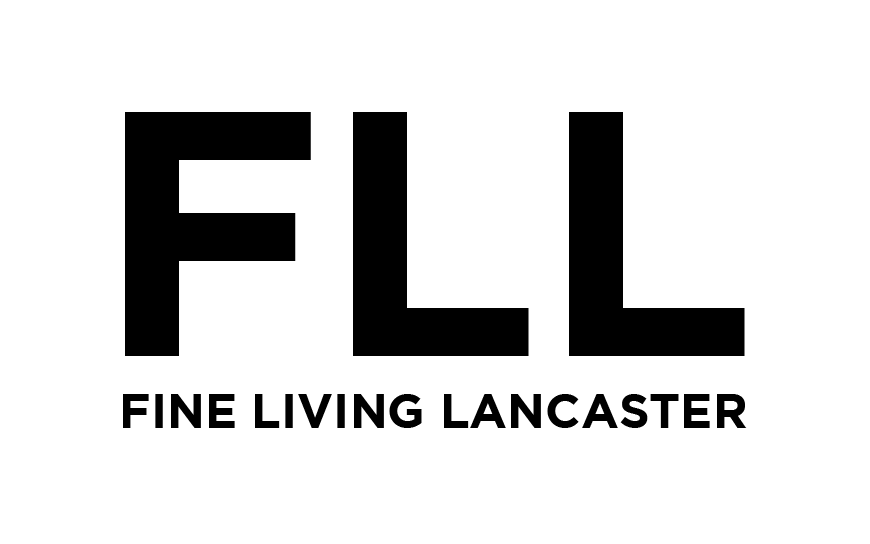Alliance for the Chesapeake Bay
On the northwest edge of Lancaster, framed by PA-283 and a set of railroad tracks, and nestled next to Little Conestoga Creek sits a historic mill from the 1700s. On the other side of the creek, past a foot bridge, you can see hundreds of green tubes planted in neat rows, out of which little saplings pop. It’s unique and serene. And while it’s been decades since Flory Mill actually did anything mill-related, that doesn’t mean that the building is devoid of activity. This is a place of action.
On the second floor about a dozen coworkers buzz around and hash out a plethora of details. All day, they hop in and out of meetings and video chats while slinging around technical terms and grant numbers. And that’s to say nothing of the days they’re out in the field, planting trees, visiting farms, and pounding the pavement of Lancaster.
Welcome to the Alliance for the Chesapeake Bay.
The Alliance is more than 50 years old, born out of love and concern for the state of one the world’s largest estuaries; it works with communities, companies, and conservationists to improve lands and waters. The watershed of the Chesapeake Bay encompasses areas from Virginia, West Virginia, Maryland, Delaware, D.C., New York, and—of course—Pennsylvania. The Alliance has offices throughout this area, so dear reader, I’d love to tell you about the one in your own backyard.
My name is Cathleen and I started working for this nonprofit in June 2022. Born and raised in Maryland, I was immersed in a love for the Chesapeake Bay from an early age. I’m new to this nonprofit work, however; prior to coming here, most of my employment had been in blue-collar work and the service industry. Unfortunately, my personal experience in those roles brought me into regular contact with burn-out culture. Refreshingly, the Alliance isn’t like that.
A word here about working in the environmental field: it’s hard. Tremendously hard. I suspect this is true for a lot of nonprofit work — it’s not even a David up against Goliath. It feels more like being a grain of sand trying to hold your own against the ocean. Challenges like environmental degradation and water pollution are vast, complex, and entrenched. But when you get the chance to stand your ground while facing down something that feels near impossible, you also get the chance to see who’s standing next to you.
Take my coworker, Emily, the Green Infrastructure Projects Coordinator for Pennsylvania. Her work revolves around rain gardens, permeable surfaces, and talking to folks about installing green infrastructure practices on their own properties to reduce stormwater runoff. We have a grant program in partnership with the City of Lancaster designed to partially reimburse qualifying homeowners for the cost of voluntary stormwater installations. One rain garden or two won’t eliminate polluted runoff from entering the Conestoga, but Emily remains optimistic that the cumulative effect of our small efforts matter. A handful of rain gardens, more street trees, more yard trees — it all adds up.
The Alliance also has an Agriculture team working to connect with farmers and corporations to help install best management practices on farms. The runoff from farms has long been a challenge to the water quality of streams in the watershed. I was really impressed when I first joined the Alliance and learned about the collaboration they had forged with a variety of agricultural corporations. The coordination through the corporations allows for a further reach to tell farmers about the programs and grants we can help them utilize.
Best management practices in agriculture include animal waste storage, no-till fields, planting riparian forest buffers, and more. With approximately 87,000 farms in the Chesapeake Bay watershed, it is a monumental task. Yet with every new farm we connect with, the team celebrates. They know all about the farmers and their families, the hopes and dreams for the land, the challenges they face. Even though the team has to spend a lot of time looking at spreadsheets of stats, the people behind those numbers never get lost in the mix.
The other day, Emily and I went out to evaluate potential street tree locations in Lancaster. Between avoiding nearby power transformers and utility conflicts, and meeting minimum sidewalk widths for ADA accessibility, nearly every proposed spot had to be marked down as unsuitable. And yet, we still found a few that might work. And every time we did, we got really excited envisioning a new tree on the street. Just one tree, on one street, in a city of nearly 60,000 people, in a watershed of 64,000 square miles.
Plant a tree. Pick up some litter. Grow a rain garden. Learn about where your food comes from. Donate to worthy causes. See your community in a new light. There is no silver bullet to solving environmental problems; positive change comes from everyone doing little things. Small actions not only add up over time, but the process of engaging also works internally and changes who we are.
What difference does one tree make in the grand scheme? The truth is that the tree you just planted is not going to be the one that turns the tide and saves the planet. But maybe it’s the next tree. Or the tree after that. We keep doing environmental work not because the end goal is easily attainable (or, arguably, even possible), we do it because it is work worth doing. Courage isn’t about lack of fear, it’s about being afraid and doing it anyway. We all want to make a difference, and we shouldn’t be afraid of the idea that we might fail in that endeavor. The real danger is who we would be if we didn’t even try.
By Cathleen Anthony








